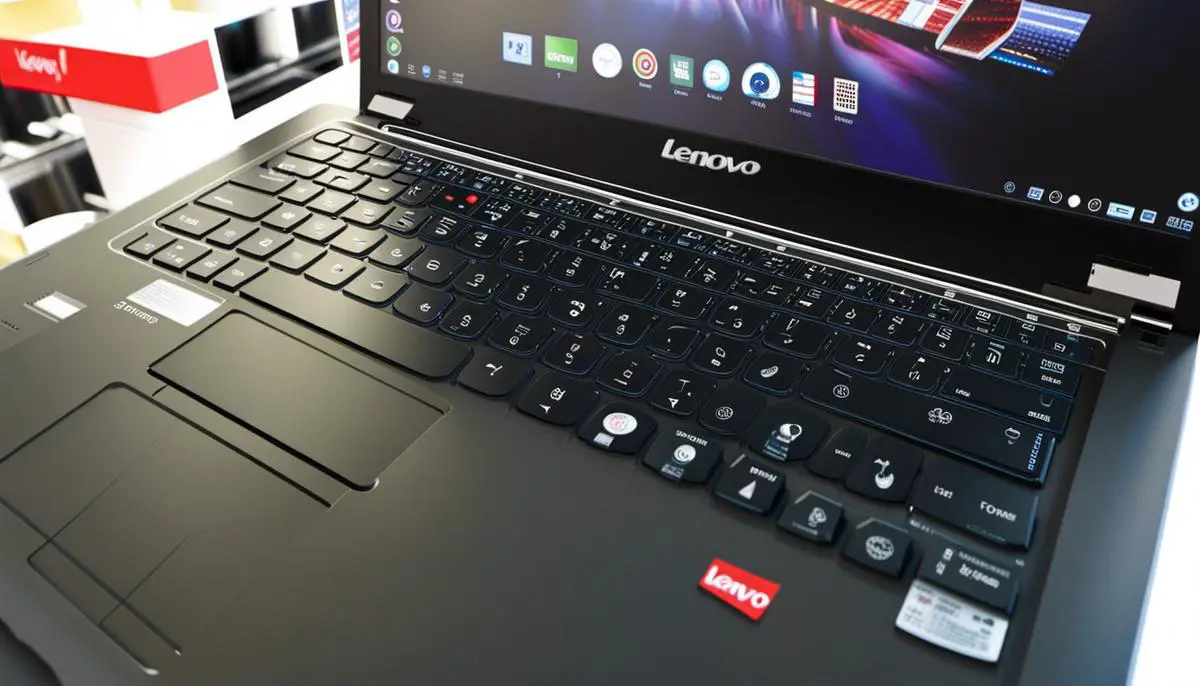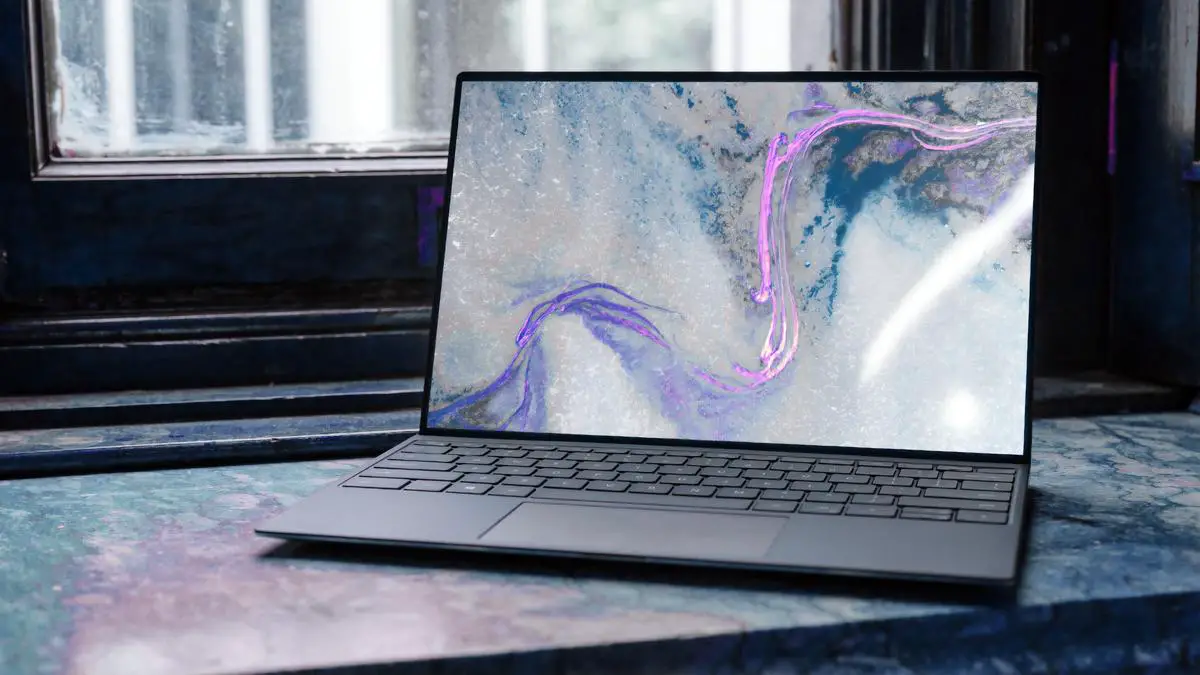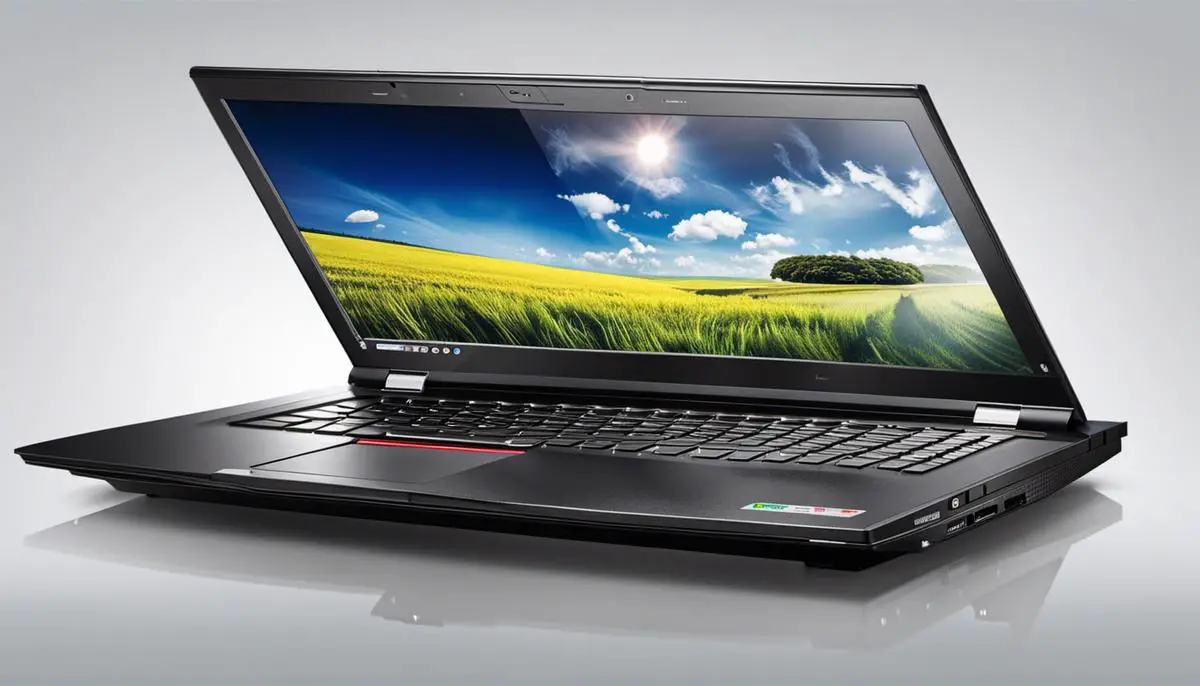If you own a Lenovo laptop, getting the latest drivers can greatly improve your user experience. The purpose of this guide is to demystify this key aspect of your hardware.
We look at Lenovo laptop drivers, explaining their importance, operation, and the important role they play in the smooth functioning of your device.
By the end of this guide, we hope to have empowered you with the necessary knowledge to locate, identify, download, install, update, and maintain your Lenovo laptop drivers.
Understanding Lenovo Laptop Drivers
Understanding Lenovo Laptop Drivers
Drivers play a crucial role in the operation of any computing device, including Lenovo laptops. A driver is essentially a piece of software that allows the computer’s operating system, like Windows or Linux, to communicate with the hardware components of the laptop effectively.
For Lenovo laptops, specific Lenovo laptop drivers are necessarily installed for accurate communication between the operating system and the hardware components.
Importance of Lenovo Laptop Drivers
Lenovo laptop drivers are crucial for ensuring that all the laptop’s components work effectively and in sync.
Whether it’s the motherboard, the graphics card, the sound card, the Wi-Fi card, or the keyboard, each component requires a driver to function correctly.
The graphics card driver, for example, helps display the correct resolution and color on your screen, while the audio driver ensures the right sound output.
Missing or outdated Lenovo laptop drivers can lead to corresponding hardware dysfunction.
Problems can range from minor nuisances like unusual display graphics to major issues like the Wi-Fi or the keyboard not working at all.
How Lenovo Laptop Drivers Work
The Lenovo laptop drivers work by translating the commands given by the operating system to the laptop’s hardware components.
This translation allows the commands to be carried out accurately without conflicts or errors.
The laptop’s operating system does not inherently understand how to send these specific commands to the hardware, hence the need for drivers.
Related: Download Lenovo E41-15 & E41-25 Drivers for Optimal Performance
Keeping Lenovo Laptop Drivers Updated
Keeping these drivers updated is a critical aspect of ensuring the laptop’s healthy operation.
New driver updates usually come with enhanced features and bug fixes that enhance the laptop’s performance and solve any hardware-related issues that may have arisen.
Lenovo provides updates for these drivers regularly. Users can either use the pre-installed Lenovo System Update utility on their Lenovo laptops or visit the official Lenovo support website to download and install these updates.
By proactively updating and maintaining Lenovo laptop drivers, users can enjoy a smooth and robust laptop experience, with minimal technical complications.
Tackling Issues with Lenovo Laptop Drivers
From time to time, Lenovo laptop users face challenges with their laptop’s drivers, which may result in a system’s reduced performance, peculiar device behaviors, or unexpected hardware malfunctions.
Troubleshooting the drivers is typically one of the initial steps to pinpoint and resolve these problems.
This troubleshooting process may range from basic actions like restarting the computer to more complex tasks such as reinstalling the drivers directly from the Lenovo support website.
On occasions, it may necessitate a rollback to an older version of a previously installed driver if the more recent one is causing the glitch.
Related: Lenovo BIOS Update How-To: Step-by-Step Guide

How to Locate and Identify Relevant Lenovo Laptop Drivers
Grasping the Foundations of Lenovo Laptop Drivers
Lenovo laptop drivers are software components specially designed to facilitate communication between your Lenovo laptop’s hardware and its operating system.
To clarify, if you are experiencing unpleasant or abnormal audio, the root of the problem may be your audio driver.
Therefore, it’s crucial to ensure your laptop drivers are continually updated and correctly installed
Using Device Manager to Check for Driver Details
In laptops running Windows, you can use the built-in Device Manager to check for driver details.
- To access Device Manager, right-click on ‘This PC’ or ‘My Computer’ on your desktop and select ‘Manage’.
- Then, click on ‘Device Manager’ on the left side.
- There, you’ll see a list of all devices installed on your laptop. To check the details of a driver, right-click on the device, and select ‘Properties’.
- If the driver is functioning properly, the device status should indicate ‘This device is working properly’. Otherwise, you may need to update or reinstall the driver.
Navigating Lenovo’s Official Website for Driver Downloads
Lenovo’s official website is a significant resource for finding the drivers needed for your specific laptop model.
- Navigate to the ‘Support’ section of the website and then select ‘Driver & Software’.
- From here, you’ll need to input the model or product name of your laptop, which can be found usually on the bottom of your laptop or within system properties.
- Upon selecting your laptop model, you’ll find a list of drivers available for download. These will range across various categories such as ‘Audio’, ‘BIOS’, ‘Bluetooth and Modem’, ‘Camera and Card Reader’, and more.
- Each driver will also specify the version number, release date, and the size of the download.
Identifying the Right Drivers for Your Specific Laptop Model
Identifying the right drivers for your specific laptop model is crucial for ensuring optimal performance.
As every laptop model is designed differently and comes with various hardware configurations, specific drivers are created to match these configurations.
While on Lenovo’s driver download page, you’ll typically find that drivers are listed for multiple versions of Windows.
Ensure you download the driver that corresponds to the version of Windows which is installed on your laptop.
If you’re unsure about your version, you can check it by clicking the ‘Start’ button, typing ‘System’, and then selecting ‘System Information’.
From the information that appears, you’ll find your Windows version listed next to ‘Version’.
Download the appropriate driver accordingly and install it following the instructions provided.
Keeping Up with Lenovo Laptop Driver Updates
Even after you’ve installed the appropriate drivers, it’s crucial to keep them updated to ensure your laptop is running as smoothly as possible.
Lenovo often releases new driver updates to fix bugs, improve performance, and add new features.
- To check for updates, you can regularly visit the Lenovo Driver & Software page, or use automatic driver update tools like ‘Lenovo Vantage’.
- This tool can be downloaded from Lenovo’s website and will regularly scan your laptop for required driver updates, thereby saving you time and effort.
Grasping the concept and management of Lenovo laptop drivers is essential for every enthusiast, as it drastically uplifts the experience and performance of your laptop.
A vigilant practice of monitoring and keeping your drivers up-to-date allows your laptop to operate in its prime condition.

Downloading and Installing Lenovo Laptop Drivers
Process to Download and Install Lenovo Laptop Drivers
The pathway to downloading and installing Lenovo laptop drivers embarks from the official Lenovo website.
It boasts a comprehensive list of different hardware models with their associated driver releases.
It’s of paramount importance to choose the exact model of your Lenovo laptop to ensure the drivers’ compatibility. Each model is typically represented by a unique alphanumeric code, which can be discovered either at the base of your laptop or within its system settings.
With your chosen model’s specifics, journey onto the page exclusively allocated for that particular laptop model.
Here you’ll encounter a slew of drivers ready to be downloaded, including but not limited to audio, video, chipset, WiFi, and Ethernet.
Depending on your laptop’s necessities, you might be required to download multiple drivers, either individually or as a packaged bundle if supplied.
The ensuing step incorporates the installation of the downloaded drivers. Prior to initiating the installation, it’s recommended to close all operating applications to prevent any issues during the installation procedure.
Once you’re set, trace the downloaded files. Usually, they can be found in your Downloads folder, unless directed otherwise. Begin the installation process by double-clicking on the file.
Most driver installations are accompanied by their setup program which navigates through the installation procedure.
Generally, it involves simply clicking ‘Next’, while being mindful to select the favorable installation location (preferably left as default unless knowledgeable about an alternate location).
The Importance of Rebooting Your Laptop After Installing New Drivers
After the driver installation process, a system reboot is often needed. This reboot allows the system to update its settings to incorporate the new drivers fully.
In some instances, newly installed drivers may not work correctly without a reboot, leading to device malfunctions or reduced performance. Therefore, always adhere to the prompts calling for a system reboot post-driver installation.
Troubleshooting Common Problems during the Installation Process
Despite having a seamless installation process, you might run into a few issues. If a driver fails to install, re-download the driver from the Lenovo website to rule out any download errors.
Additionally, ensure that your laptop model matches the driver you’re trying to install.
If a specific hardware component is not working even after driver installation, try using the device manager to manually update the driver.
- Access the device manager through the control panel, locate the malfunctioning hardware, right-click, and select ‘Update Driver.’
In case you’re experiencing system instability or functionality problems after a new driver installation, you might need to roll back the driver.
This action involves reverting back to the previous driver version.
- The device manager also facilitates this process. Right-click the problematic device, select “Properties,” navigate to the “Driver” tab, and select “Roll Back Driver.”
Let’s not forget that ensuring your drivers are updated keeps your Lenovo laptop’s hardware operating at peak efficiency and helps prevent potential security threats.
Make a habit of regularly visiting Lenovo’s official website to check for the latest driver updates.
Additionally, configure Windows Update, lest you’ve not already done so, as it’s another practical way of maintaining your drivers current.
Following these measures will contribute significantly to your Lenovo laptop’s optimal performance and dependability.

Updating and Maintaining Lenovo Laptop Drivers
Understanding the Significance of Regularly Updating Lenovo Laptop Drivers
The importance of regular updating of your Lenovo laptop drivers cannot be overstated. Drivers are the communication linchpin between your operating system and your laptop’s hardware components.
They act as vital intermediaries, facilitating the communication between your system and its components such as the motherboard, hard drive, video card, and keyboard, among others.
Keeping your drivers updated, therefore, leads to optimal system performance, lesser lag, and improved stability, ensuring your laptop operates efficiently.
Automatic Update Features
Lenovo offers an automatic update feature called Lenovo Vantage. This software periodically runs checks for updates to ensure your laptop is up-to-date with the latest drivers.
- To activate this, you need to download Lenovo Vantage from the Windows Store, install it, then launch the software.
- On its home screen, go to the ‘System Update’ option and you can then adjust the settings as you prefer and the software will automatically check and apply driver updates when necessary.
Manual Check and Installation of Driver Updates
For manual updates, start by opening your browser and visiting the Lenovo support website. There, you’ll find an option called ‘Drivers & Software’.
Click on it, then select ‘Manual Update’. You need to specify the model of your laptop or just let the site detect it automatically.
Once completed, it will display a list of drivers for your device, indicating which ones need updating.
To update, click ‘Download’, then run the executable file. Follow the prompts to complete the installation.
Potential Issues and Solutions
Sometimes, things might not go as planned. For instance, if a driver update causes functionality issues, you’ll need to roll the driver back to the previous version.
You can do this through Device Manager. Open it, find the problematic driver, then select ‘Properties’. In the ‘Driver’ tab, you’ll see the option to ‘Roll Back Driver’. Follow the prompts to revert the driver to its previous version.
In cases where a driver update fails or you’re unable to find the right driver, you can use the ‘System Restore’ feature.
This allows you to revert your system back to an earlier point when it functioned properly.
To use ‘System Restore’, simply type it in your Windows search bar, follow the instructions to select a restore point, and restart your computer.
Key Tips for Maintaining Your Laptop Drivers
- For optimal driver maintenance, first, ensure your Windows is updated. As these updates can include new versions of system drivers, it’s prudent to install them promptly.
- Also, consult Lenovo’s official website periodically for new updates. Keep in mind that while automatic updates can be convenient, it’s recommended to still perform manual checks occasionally.
- Lastly, safe practices include backing up essential files before performing driver updates and not rushing the update process. An interrupted update could cause issues and should be avoided.

Photo by chrisjoelcampbell on Unsplash
Understanding how to locate, download, install, and maintain these drivers ensures that you can appreciate the full capabilities of your Lenovo laptop.
By mastering the management of your Lenovo laptop drivers, you ensure the smooth operation and longevity of your device, undoubtedly enhancing your overall laptop use experience.
- How Quantum Computing Could Impact Everyday Laptops
- What Is The Difference Between Lenovo’s Pens? (with Part Numbers)
- How To Wipe A Hard Drive Clean: 4 easy steps
- Maximize Laptop Performance: Mastering Overclocking
- Ultimate Guide to Gaming Laptop Heat Management
- How to Set Up Dual Monitors for Your Laptop at Home
- How Do I Run Diagnostics on My Lenovo?
- Lenovo Legion Performance Tech Explored: Next-Level Gaming Experience


